14 Times Employees Handled Toxic Jobs Like Absolute Pros

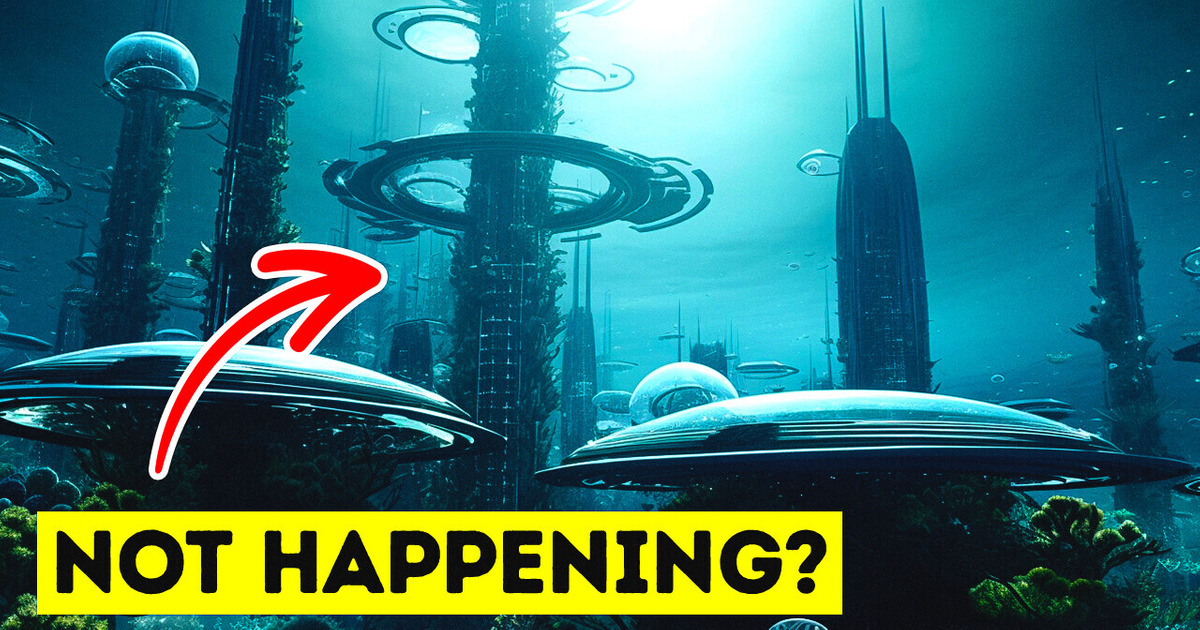
Imagine that it’s the year 2025, and our planet has completely changed. Rising sea levels, extreme weather, and the ocean becoming more and more acidic are just some of the problems people have been dealing with for years. But in one of the world’s largest coastal cities, the situation has become too serious. It was a sunny day in June when a massive earthquake shook the city to its core. The ground beneath people’s feet heaved and shook, and buildings swayed dangerously.
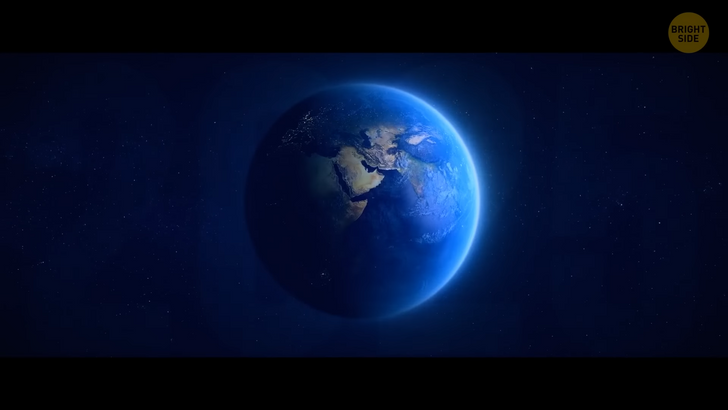
People ran through the streets in panic, trying to find safety. But as soon as the ground settled, the inhabitants of the city realized the real danger. A wall of water, almost 100 ft high, was rushing toward the city, propelled by the force of the earthquake. The tsunami hit the city with unimaginable force. Entire neighborhoods were wiped out, and thousands of people lost their lives.
But here’s where things get interesting. In the aftermath of the disaster, the city’s authorities realized that they couldn’t just rebuild the city as it was before. They needed to be better prepared for the next potential disaster. And so, they came up with an incredibly ambitious project: to build an underwater city! The goal was to create a self-sufficient, sustainable city beneath the ocean’s surface that could withstand any natural disaster.
The underwater city would be powered by renewable energy, using tidal power and underwater solar panels. It would be designed to withstand extreme weather and would have its own emergency response systems. The project attracted some of the world’s top scientists, engineers, and architects. They worked tirelessly to design the city and carefully considered every aspect of the project. The underwater city would have everything that a typical city had, from schools and hospitals to stores and restaurants. There would be underwater farms where fish and other marine creatures could grow.
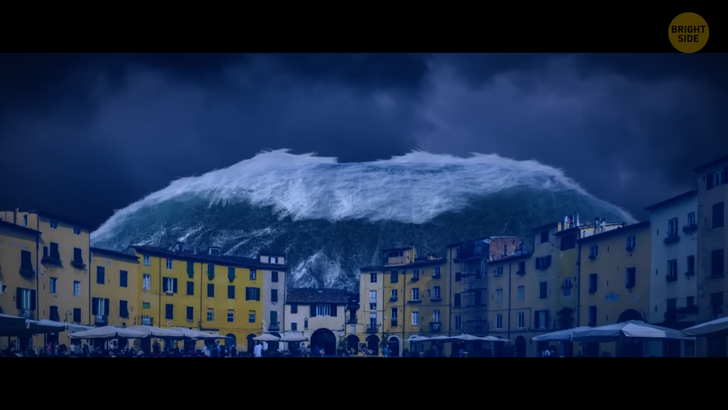
The city would even have its transportation system — advanced submarines and underwater tunnels connecting different parts of the city. The project became a shining beacon of hope for people. It showed that even in the face of disaster, we could come together to create something amazing. But as time went on, the project no longer seemed so perfect. The cost of the project turned out to be higher than planned. There were also concerns about how long such a project would exist — after all, the ocean is very unpredictable.
And still, the team of scientists and engineers never gave up. After years of trial and error, they finally created the perfect underwater city — a marvel of engineering, a self-contained ecosystem that could sustain people indefinitely. The buildings were constructed from a material that could withstand the immense pressure at the bottom of the ocean. And the city itself was powered by a network of advanced hydroelectric turbines.
It wasn’t long before the first wave of colonists arrived at the underwater city. There were different people in this group, and each of them had their own reasons for choosing to live in this new world beneath the waves. Some were adventurers seeking a new world to explore, while others were hoping to escape natural disasters raging on dry land.
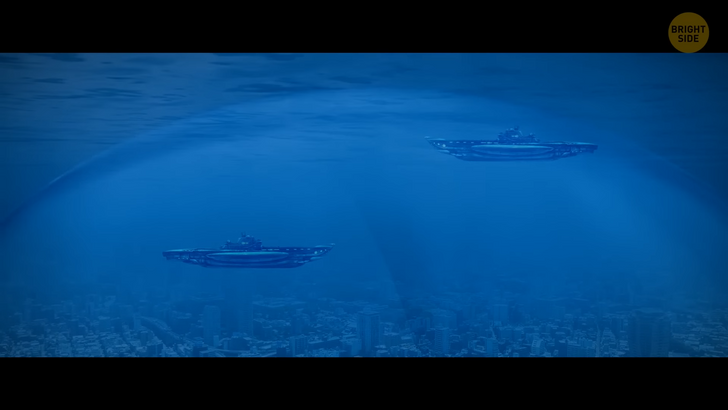
But despite their differences, all these people shared a common goal: to build a new society, one that was in harmony with the natural world. The underwater city flourished, and new discoveries were made every day. The colonists developed new technologies and ways to tame the power of the ocean. They learned to farm the sea and started cultivating underwater gardens that provided them with a steady food supply. But living underwater was challenging. People felt isolated and even claustrophobic.
The situation came to a head when a group of activists started to protest against the city’s expansion plans. They argued that the underwater city was a threat to the environment it was meant to protect and that the colonists should focus on reducing their impact on the delicate underwater life. The protest sparked a heated debate among the colonists. Some of them argued that the survival of the city depended on its growth and expansion. Others claimed that the city needed to prioritize the protection of the environment above all else.
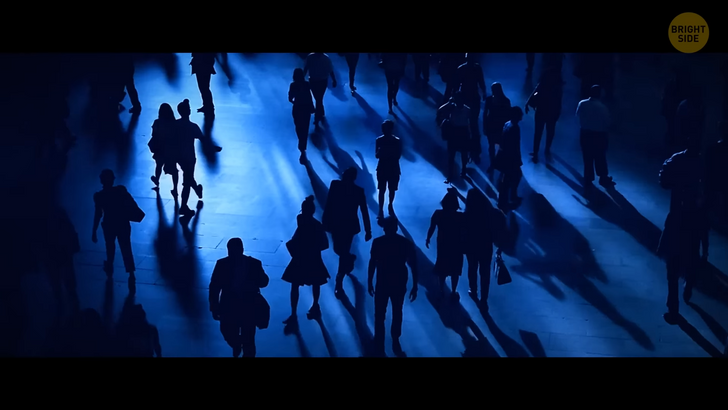
In the end, a compromise was reached. The city would continue to expand, but the main priority would be sustainability and a responsible attitude to nature. The colonists would do their best to reduce their impact on the environment by using new technologies and following strict conservation rules.
And they would also remember the importance of protecting the ocean and its fragile ecosystem. Years went by, and the underwater city continued to thrive. New generations of colonists were born, and they grew up in a world entirely different from the one their ancestors had known.
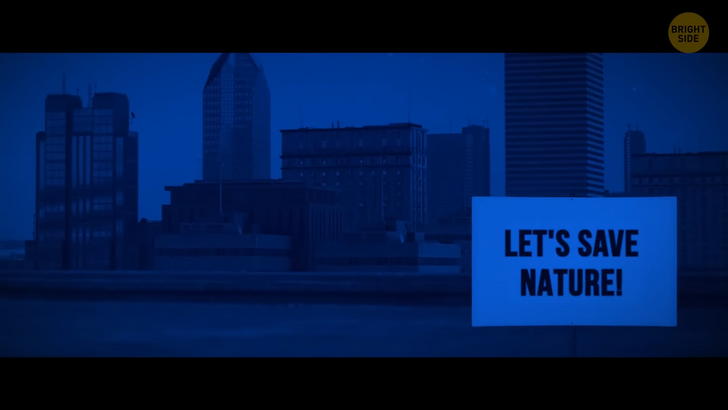
They never saw the world on the surface but appreciated the beauty and complexity of the underwater world they called home. And as the years passed, the city became a symbol of hope for a world struggling with the devastating effects of climate change.
It showed that despite all difficulties, people could come together to create a better world. It is a reminder that the future is not set in stone and that we can build it sustainably and in harmony with the natural world.











